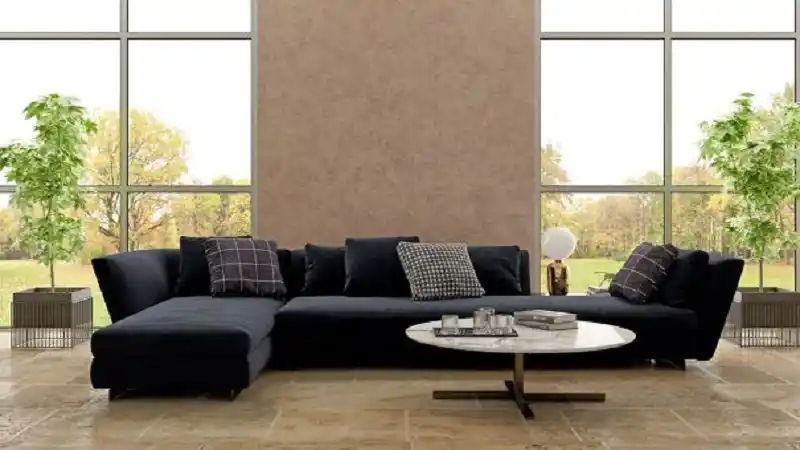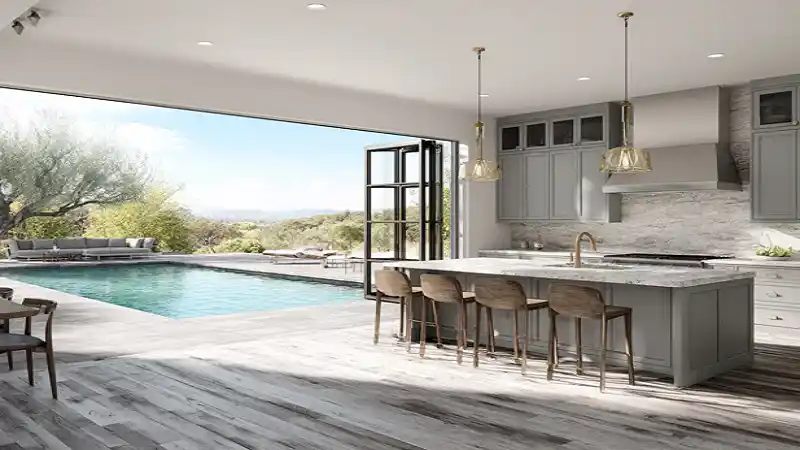
In the landscape of construction and woodworking, one material asserts its dominance time and again – plywood. It’s an unsung hero in home renovations, deceptively simple DIY furniture, and high-grade professional carpentry. But why is plywood deemed such an integral component in these tasks? How does one discern the apt type to address their specific requirements?
Plywood: A Glimpse into Its Rich Past and Contemporary Relevance
Despite popular perception, plywood isn’t a novel creation. As a testament to its enduring virtues, the practice of bonding multiple thin wooden layers to create complex furniture was initiated by the ancient Egyptians. Modern plywood, as we experience it, was patented in the 19th century and amplified its importance during the tumultuous years of World War II where its durability and cost-effectiveness were utilised for constructing aircraft and military vehicles. Today, it is a cornerstone in the edifice of residential and commercial construction, providing robustness, flexibility, and sustainability at an attractive price.
The distinguishing feature of plywood lies in its compact structure. It is assembled by adhering thin layers, or veneers, of wood that have their grains arranged at right angles to each other. This distinct cross-grain alignment bestows plywood with its strength and resistance to warping and cracking, establishing it as a superior alternative to solid wood for myriad projects.
Plywood Unveiled: Understanding Grades and Speciality Types
Plywood is not a uniform monolith; each variant comes with its unique characteristics and advantages. Discerning the different grades and types is vital to choosing the right plywood for your endeavour. Plywood grades are usually determined by the standard of the wood veneer used; each grade is tailored for specific applications.
Grade A plywood is characterised by smooth surfaces and minimal defects, making it the go-to material for projects that demand an aesthetic finish, like cabinets or furniture. Grade B plywood, albeit slightly lower in quality, sports minor blemishes which can be easily rectified through sanding or repair. Grade C and Grade D plywood, more informal classes, are visibly marred by knots and cracks and are typically employed in structural or underlayment applications where appearance isn’t of paramount importance.
Beyond these standard categories, speciality plywood variants cater to unique needs. For instance, marine plywood, designed to ward off moisture and decay, is ideal for boats or outdoor furniture. Aircraft plywood, although lightweight, stands incredibly durable, providing a reliable material for aviation and precision engineering.
Plywood in Action: Versatile Applications in Construction and Woodworking
Plywood’s diverse applications underscore its importance in an array of industries. A common favourite for homeowners, plywood’s durability and ability to hold nails or screws make it an excellent choice for flooring, wall panels, and even built-in cabinetry.
Plywood also proves its mettle in furniture making. Owing to its strength, affordability, and malleability, it is a keystone in many modern furniture designs. Plywood’s versatility extends to roofing and sheathing in homes, its properties allowing it to endure heavy loads and adverse weather conditions.
Apart from conventional applications, plywood is leveraged in creative projects. Designers and woodworkers capitalise on its property to draw intricate designs and curved components, which are nearly impossible to execute with solid wood.
Why Plywood Should Feature in Your Future Endeavours
Few materials can match the perfect balance of versatility, durability, and economy that plywood offers. Whether you aim to tailor-make your furniture, desire a home transformation, or plan to build an outdoor structure, plywood can effortlessly meet your needs. Understanding its various types and applications will enable you to make confident choices for your next project, allowing you the satisfaction of a material that is as malleable as your creativity.








